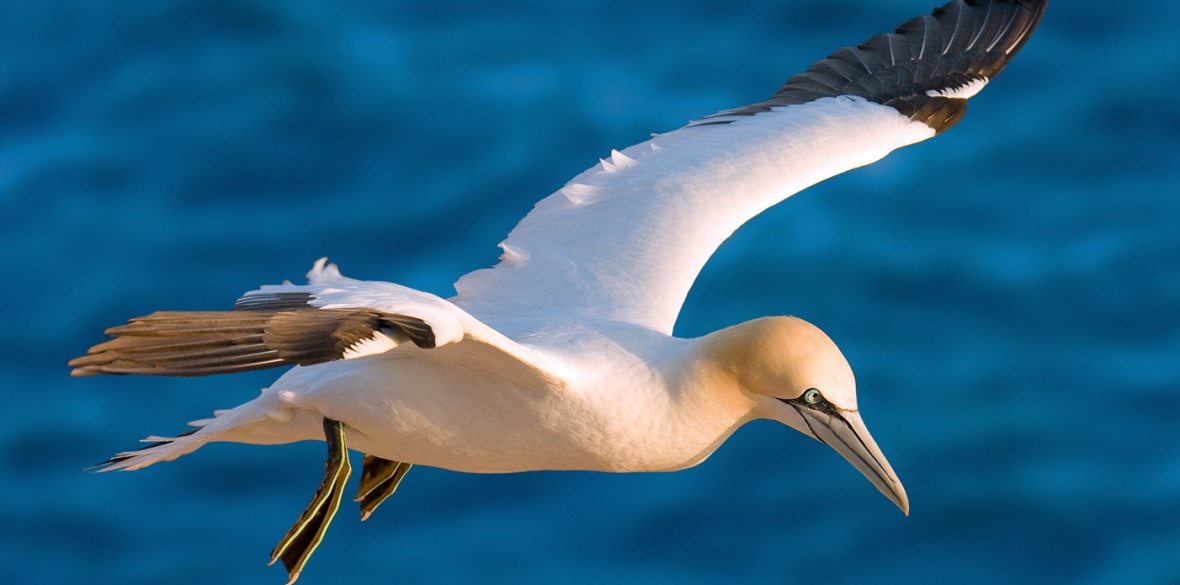This is the last article you can read this month
You can read more article this month
You can read more articles this month
Sorry your limit is up for this month
Reset on:
Please help support the Morning Star by subscribing here
I’VE JUST spent a few days on the Norfolk/Suffolk border, a part of the country absolutely stuffed with egg, chicken, duck, goose — and at this time of year turkey production units.
Poultry is a long-established industry hereabouts. A century or more ago huge flocks of turkeys, geese and ducks would have their feet dipped in hot tar to make protective footwear for the over 100-mile walk to Leadenhall market in London. It was a hazardous journey. Today’s hazards seem even worse.
Everywhere we walked or drove we came across warning signs telling us to keep clear, to keep out and not to touch any birds dead or alive, wild or captive.
The threat was, of course, avian flu and each new news broadcast brought worse and worse threats of this new pandemic and the government’s restrictions on bird farms and the countryside as a whole.
There is no doubt at all the one of the biggest threats to Britain’s agriculture at the moment, after government policy, is this avian flu. But the threat is not just here in Britain and not just to birds.
In October there was an outbreak of avian flu at a farm in Spain and in the United States, where the disease is far more widespread than on this side of the Atlantic, humans going down with bird flu.
Huge bird flu outbreaks in wild birds and farmed poultry continue all across the US, and the country approaches a record number of birds affected compared to previous bird flu outbreaks.
The same advice, to a greater or lesser extent, is in place across the globe wherever this bird-borne plague has landed and established itself.
Even those who keep a few backyard poultry or pet birds need to take precautions to keep your birds from becoming infected with the virus.
Infected birds spread avian influenza viruses in their saliva, mucus and poo. Susceptible birds become infected when they have contact with the virus as it is shed by infected birds.
This can happen through direct contact with infected waterfowl or other infected poultry, or through contact with surfaces that have been contaminated with the virus.
That is why it is important for people to continue taking precautions around infected and potentially infected birds to help reduce the risk of bird flu virus infections in people.
Let’s have a look at some of the more spectacular birds that are being threatened by the virus.
The gannet is Britain’s largest sea bird. In fact, Britain is home to 40 per cent of the global gannet population. There are nearly 200 breeding pairs in Scotland alone.
Gannets have powerful wings that span up to 190cm (6 feet 6 inches) which help them plunge into choppy seawater in search of prey at up to an impressive 60mph, diving down to 15m (50ft) below the surface to catch their prey.
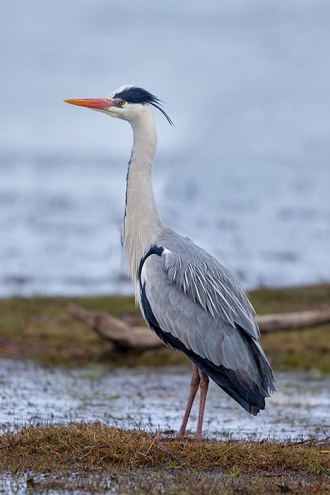
Grey herons are elegant, graceful birds. They can be sighted across Britain and are often seen perched on rooftops or paying a visit to a backyard pond.
At around a metre (3ft 4in) in height, they are likely the largest birds you’ll ever see in your back garden. Herons are very sociable birds and often nest in large groups called heronries.
Over the last few decades herons have become much less shy — perhaps because we no longer throw sticks at them. This new courage means they are more likely to raid garden ponds for expensive pet fish.
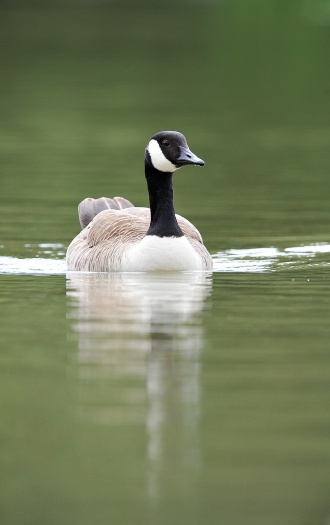
Canada geese are, as their name suggests, native to North America. These large birds have now migrated and settled in many parts of Europe, as well as here in Britain.
The Canada goose is a loud, feisty bird that can become aggressive, especially if disturbed during breeding season. Their diet consists of mainly aquatic plants but they are happy to peck away at dropped ice creams or discarded picnics.
They are so unafraid of humans that some public parks and gardens have declared them pests and advised people to stop feeding them.
Strangely the title for our largest native bird has changed a bit over the last few years. It is only about four decades ago that the common crane (Grus grus) started to breed in the Broads National Park and regained its position as Britain’s largest native bird.
The crane can stand 130cm (4ft 4in) tall and weigh in at 6.1kg (13lb 7oz) with a wingspan stretching up to 2.4m (8ft).
The common crane wasn’t always Britain’s largest bird. Wild cranes were once widespread, before becoming extinct through hunting and loss of wetland habitat in the 17th century. They also featured far too often as the centrepiece of aristocrats’ formal dinners.
The crane only began to make a comeback when the small number of breeding pairs returned to join the already amazing birdlife of the Norfolk Broads in 1979.
In 2010 The Great Crane Project was set up to protect the wetland habitats these beautiful birds use as nesting grounds. Today the latest RSPB report counts 26 pairs on its own reserves alone. The total UK population is now believed to be in excess of 200 birds.
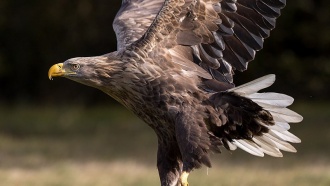
The largest land bird and raptor in Britain, the sea eagle, also known as the white-tailed eagle or erne, has enjoyed a similar comeback.
Sadly, by the 1900s, the majestic sea eagle had been hunted to extinction in the British Isles, with the last bird being shot in 1913.
Thanks to efforts by Scottish Natural Heritage, Scottish Forestry Commission and the RSPB, there are now around 42 breeding pairs in the wild.
I have even seen these birds flying over my Northampton garden — about as far from the sea as you can get in Britain. They occasionally drop in to the amazing Daventry Country Park and their fly-path to the park crosses Chez Frosty.
Just recently a white-tailed sea eagle was shot by a Dorset gamekeeper, so it seems avian flu isn’t the only threat to our grandest of wild birds.
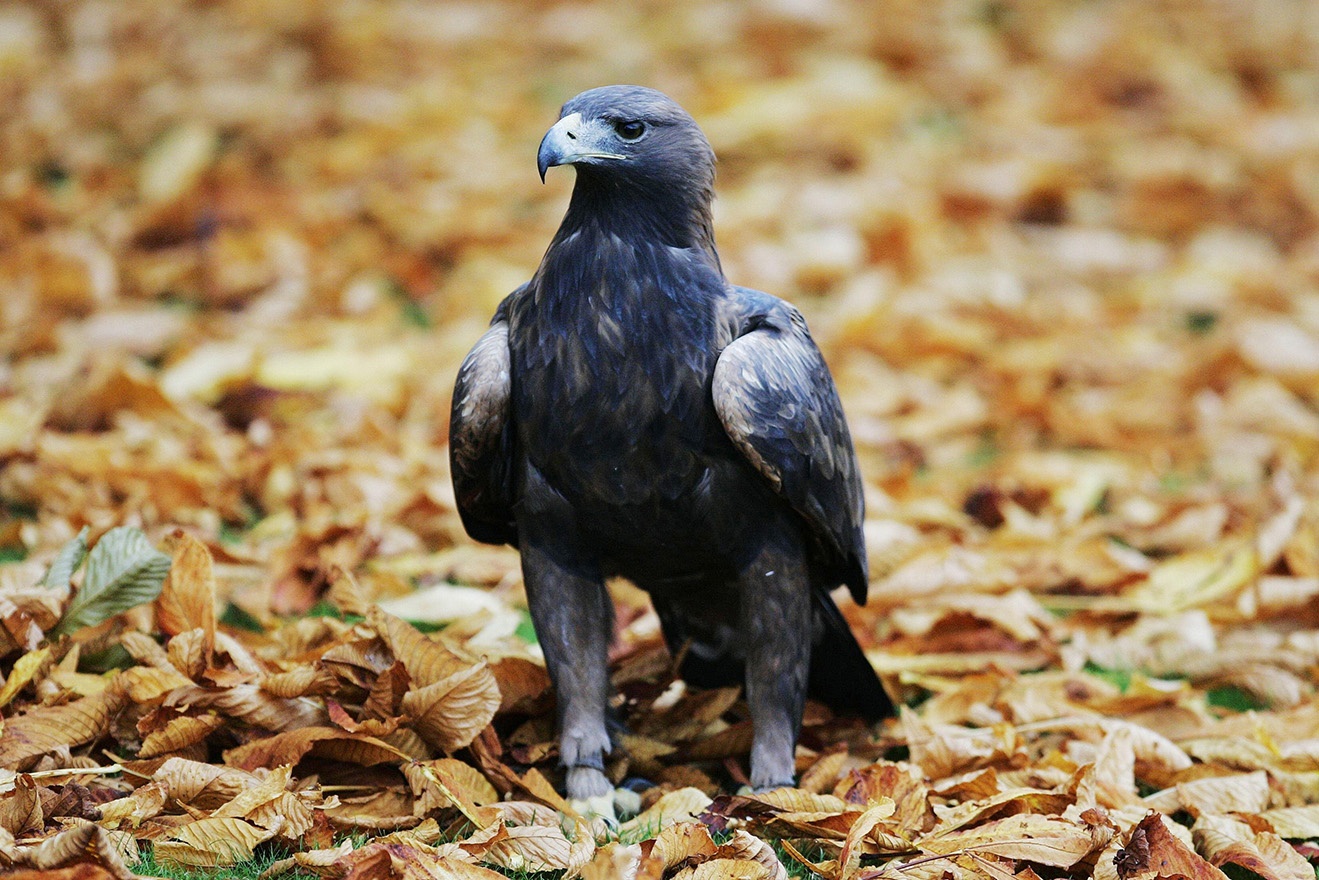
Now let’s turn to another huge bird of prey — the golden eagle. There was a time when the regal golden eagle was found all across Britain. Since the 18th century, however, these eagles have only been sighted in Scotland.
Although the golden eagle has no natural predators, it has been hunted for centuries by gamekeepers who see it as a threat to the game birds on their estates. When left undisturbed, golden eagles can live up to 25 years in the wild.
There are around two dozen breeding pairs of whooper swan that remain all year in the north of Britain. They are however mainly an Icelandic visitor.
The whooper swan is the largest swan to be found in Britain with a wingspan reaching 160cm (5ft 2in) and a weight of up to 11kg (24lb 4oz).
These northern swans are arriving here in Britain at the moment but some chances to watch them may be restricted by the dreaded flu.
Cormorants are large aquatic birds that can live up to a quarter of a century in the wild. They can stay underwater for up to four minutes, diving down to depths of up to 45m (150ft) to catch fish.
Cormorants have a distinctive hook at the end of their beak to spear their fishy prey with. They nest in colonies and will remain with one mate throughout the breeding season.
Cormorants can be found in wetland areas across Britain. They are often confused with shags as juvenile birds can look very similar. Shags, however, have less yellow colouring around their beaks and develop a distinctive crest on their heads as adults.
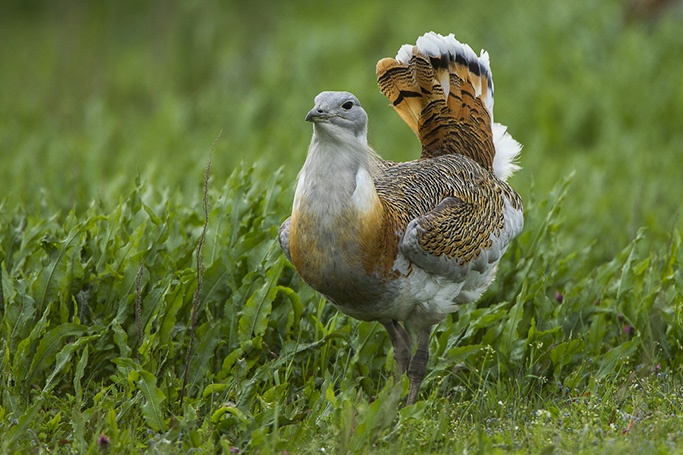
The great bustard, a bird on the International Union for Conservation of Nature Red List of Threatened Species, had been extinct in Britain when the last bird was shot in 1832. European populations too have been in long-term decline.
This iconic species of the Wiltshire landscape returned to Britain in 2004 when the Great Bustard Group initiated the 10-year trial reintroduction.
The project sourced birds rescued from agricultural operations in Russia, with a plan to release 20 birds per year onto Salisbury Plain.
The project achieved early progress, with females laying eggs in 2007 (though unfortunately they were infertile), and males reaching maturity in 2009.
This was followed by the success of the first British chicks to be hatched for over 175 years, with fledging achieved in the same year. Unfortunately, this chick did not survive its first winter.
Great bustards in the past occurred on chalk down land in central southern England and in the open sandy Brecklands of eastern England, and archaeological evidence shows the species was native rather than introduced.
In addition, great bustards from continental Europe moved to Britain during the colder months.
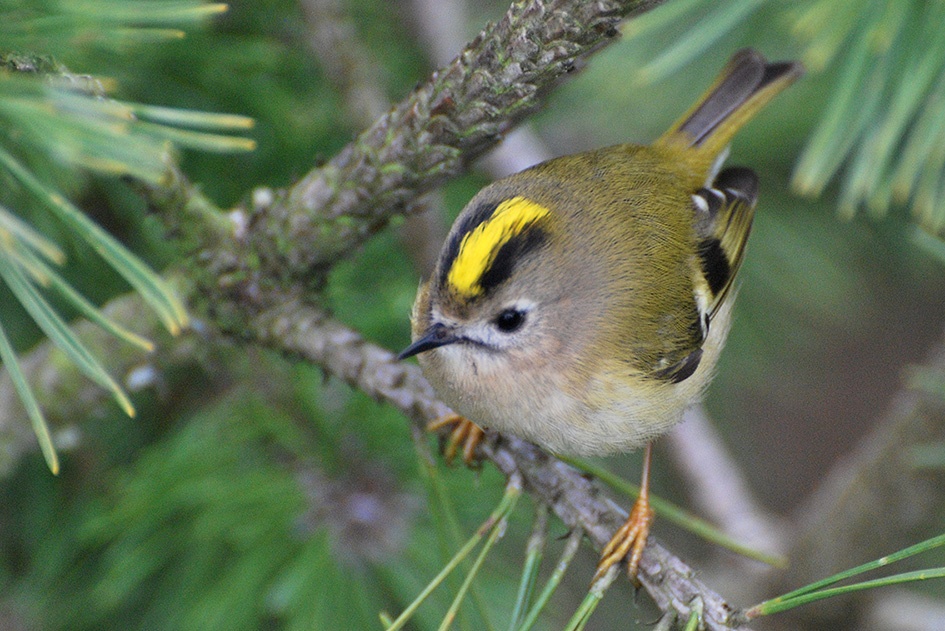
Now let’s take a little look at Britain’s smallest bird. It isn’t — as you might guess — the wren. In fact Britain’s smallest bird is the tiny goldcrest, weighing in at only 5.5 grams, which is about the same weight as a sugar lump. This tiny bird has a wingspan of only 14.5cm (6in).
If, like me, you plant teasels in your garden you might be lucky enough to have a flock of these tiny golden birds picking seeds from the golden teasel heads. It is truly a golden moment in any garden.
Let’s get vaccinating commercial poultry farms and see if we can get yet another virus under some sort of control. Our birdlife is far too valuable to put at risk.
